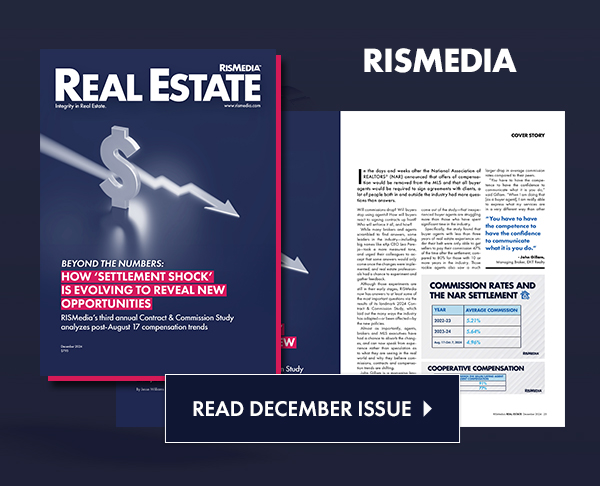The Federal Reserve is proposing changes to a landmark fair housing law—the Community Reinvestment Act, or CRA—attempting to “strengthen and modernize” regulations around how big banks and lenders serve low income neighborhoods and predominantly non-white communities.
Applying mostly to larger banks, the new framework updates assessment areas and specifically addresses new technologies like mobile banking in an attempt to better curb discriminatory practices, which have persisted despite landmark fair housing laws passed more that half a century ago.
“Today’s proposal seeks to expand access to credit, investment and banking services in communities,” said Fed vice chair Lael Brainard in a statement. “It evaluates bank engagement across geographies and activities in order to ensure the CRA is effective in supporting a robust and inclusive financial services industry.”
The proposed changes, which can be viewed in full on the Fed’s website, are only a proposed draft and could be modified between now and Aug. 5, as the Fed seeks comments and feedback.
Among many other changes, the proposal would create new “retail lending assessment areas” to analyze areas where banks have a significant presence without any physical locations. Larger banks ($2 billion or more in assets) would likely have more scrutiny applied to their practices, with up to four different testing frameworks to ensure they are effectively meeting the needs of underserved communities. The proposal also expands and clarifies what counts as a “qualifying activity” as far as affordable housing, economic development and initiatives intended to revitalize lower-income areas.
A spokesperson for the Mortgage Bankers Association (MBA) told RISMedia via email that it will be gathering feedback from members in order to respond to the proposal, but that the organization “of course support the modernization of CRA.”
In a letter last year addressed to the Department of the Treasury, when CRA changes were initially being discussed, MBA SVP Pete Mills said the organization broadly supports the objective of “mak the CRA framework more objective, transparent, consistent in application and reflective of changes in banking.”
The letter also lays out a list of priorities, mostly around the definitions of “qualifying activities,” notably urging that the CRA consider both subsidized and unsubsidized multifamily housing to help address a shortage of affordable, workplace housing in many communities.












